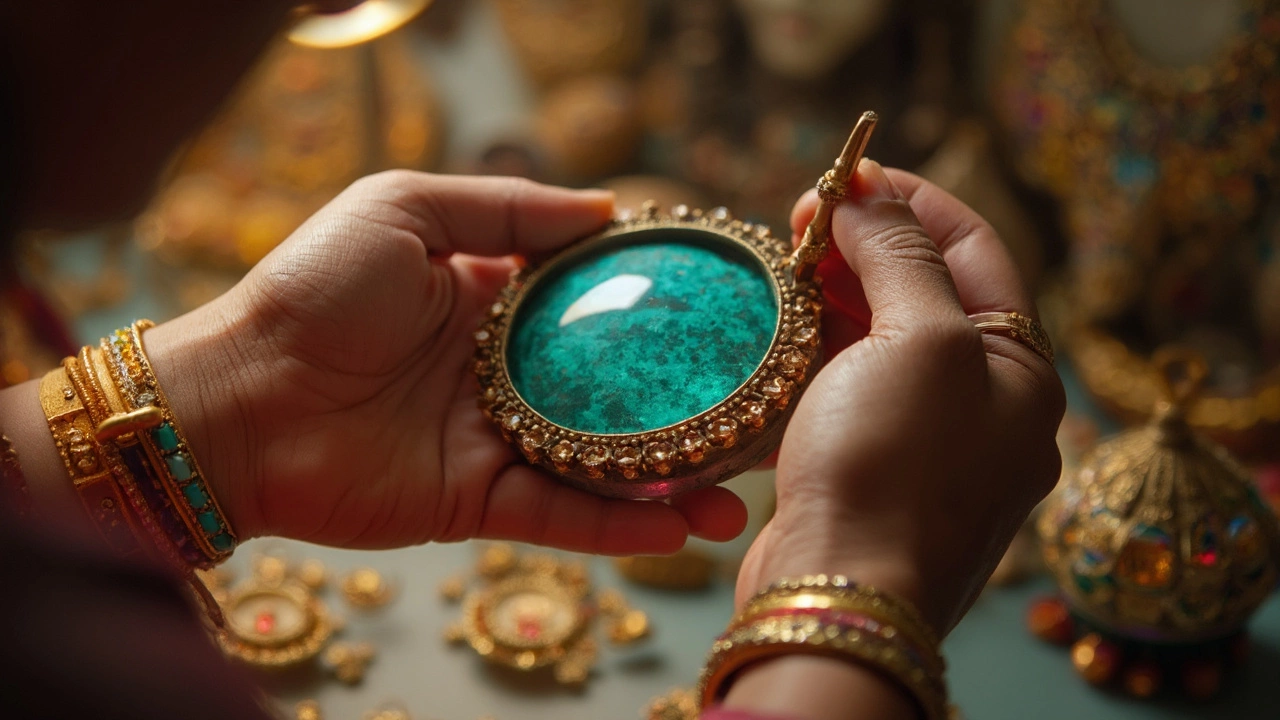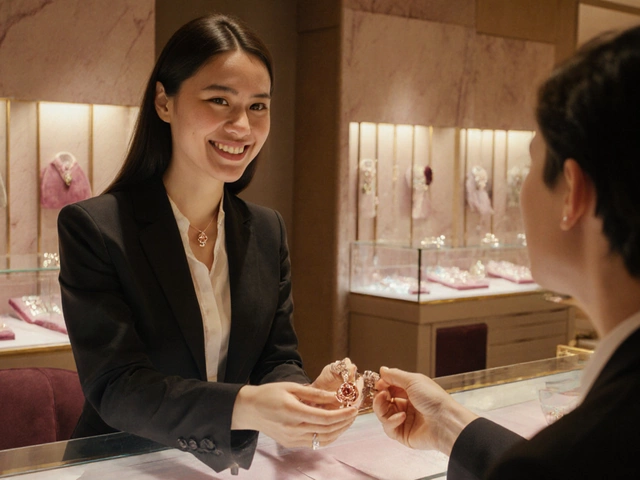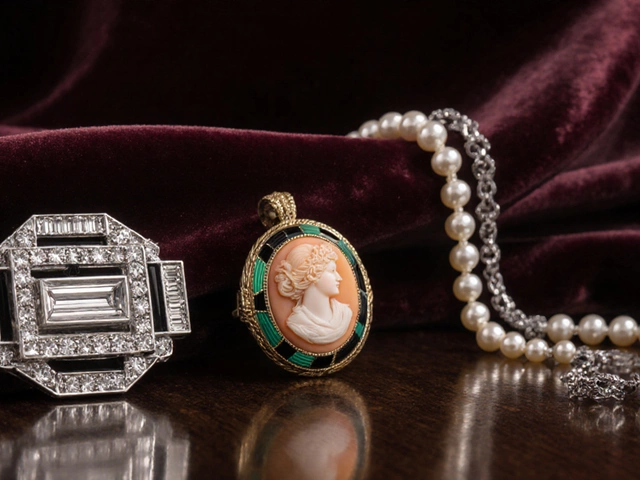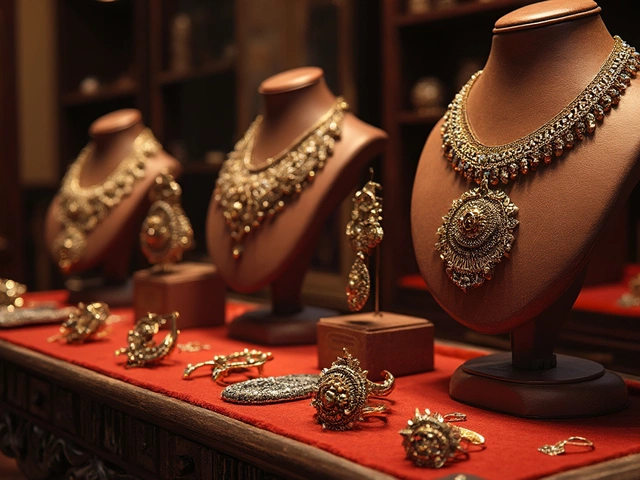Gemstone Authenticity: Spot Real Gems & Avoid Fakes
When talking about gemstone authenticity, the assurance that a stone is truly natural and not an imitation, you’re dealing with a concept that sits at the core of every serious jewellery purchase. Gemstone certification, a documented evaluation by a recognized lab that lists a stone’s origin, treatments and quality is the primary tool buyers rely on. At the same time, synthetic gemstones, lab‑grown stones that look natural but have different chemical structures are flooding the market, making authenticity checks more critical than ever. In short, gemstone authenticity encompasses certification, laboratory analysis, and buyer awareness, forming a safety net that protects both budgets and trust.
Why Lab Testing Matters
Even with a certification, the real proof often comes from lab testing, the hands‑on examination of a stone using microscopes, spectrometers and other specialized equipment. Lab testing reveals hidden treatments like heat, fracture filling or irradiation that a standard certificate might gloss over. It also distinguishes natural stones from high‑grade synthetics, a distinction that directly influences resale value. This process requires skilled technicians and calibrated instruments, meaning the reliability of the result hinges on the lab’s reputation. When a lab confirms a stone’s natural origin, shoppers gain confidence; when it flags inconsistencies, they avoid costly mistakes.
Beyond the lab, jewelry appraisal, a professional assessment of a piece’s overall value, including metal, design and gemstone quality ties authenticity to market price. An appraiser checks the certification, verifies the lab report, and evaluates the setting for any signs of tampering. This holistic view helps buyers understand how authenticity impacts investment potential. For instance, a natural ruby with a clean certification will fetch a higher price than a similar‑looking synthetic even if the visual appeal matches. Appraisers also advise on insurance and resale strategies, making authenticity a key factor in long‑term ownership.
Putting these pieces together, the ecosystem of gemstone authenticity relies on three pillars: certification documents, lab‑based verification, and professional appraisal. Each pillar reinforces the others—certificates guide lab tests, labs confirm what certificates claim, and appraisers translate that confidence into financial terms. This chain of trust is why many shoppers now demand a full compliance package before committing to a purchase.
In the articles below you’ll find practical guides on how to read certificates, what lab reports look like, the difference between natural and synthetic stones, and tips for choosing a reliable appraiser. Whether you’re a first‑time buyer or a seasoned collector, the insights will help you navigate authenticity with clarity and make smarter decisions when you shop for jewellery.

How to Tell if Turquoise is Real: Fast Checks and Smart Moves
Wondering if your turquoise is real or fake? This article digs into practical tips and quick checks to spot authentic turquoise, especially when buying temple jewellery in India. You’ll learn the difference between natural and treated stones, discover hands-on tests you can do at home, and find out what to watch for when shopping. Get ready for honest advice that actually helps you make smart choices, whether you’re a collector or just want a standout piece.
read more





